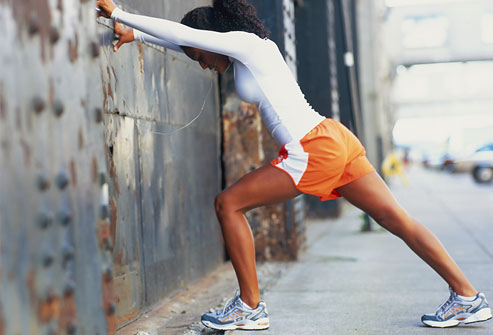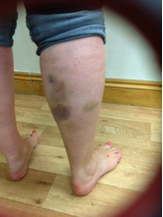How much do you know about your calf muscles?
Last week I saw 4 patients with calf injuries – not really that unusual, as calf muscle strains and tears are pretty common. The calf is made up of 2 large muscles – the gastrocnemius and the soleus and a smaller muscle called plantaris.
Gastrocnemius and soleus both function to actively plantar flex the foot but importantly in running ,they function in decelerating dorsiflexion of the the foot as one weight bears over the top during running.
Lets focus on Gastrocnemius first: Gastrocnemius is the more superficial; it has two heads and crosses both the knee and ankle joints, making it somewhat more vulnerable to injury. It is most often the medial (innermost) portion of the muscle that tears.
Soleus sits deep to Gastrocnemius and is very important in endurance runners as it has been found to have a higher proportion of slow twitch muscle fibres. Swelling and bruising in more severe cases is common and weight-bearing difficult and pretty painful.
The treatment of calf injury depends on severity. The principle is firstly to respect the healing process and follow acute injury management-which means a period of relative rest, off – loading the injured muscle, regular icing, compression and elevation.
Basically, treat it with a little love.
Once swelling, bruising and pain begin to settle, it is important that calf flexibility, strength and gently graduated muscle loading is addressed.





